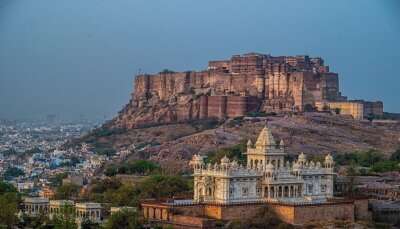Mandore Garden Is Jodhpur’s True Architectural Gem To Visit In 2025
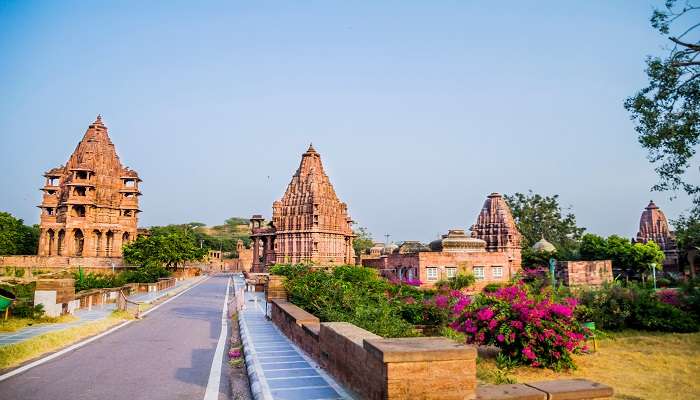
Mandore Garden, a reflection of the rich history and architectural grandeur, is set in the sizzling city of Jodhpur. Before Jodhpur, this delightful garden once served as the capital of Marwar. Mandore Garden, which is only 9 kilometers away from the city center, is a destination that should not be missed by anyone interested in history. The garden is famous due to its amazing cenotaphs (chhatris) that were built in honor of the Marwar rulers. The cenotaph of Maharaja Ajit Singh is one of the most recognizable landmarks here; it looks elegant in rich red sandstone and is a tribute to his memory. These cenotaphs are not like ordinary tombs which are enclosed spaces. Instead, they are open pavilions enabling people to enjoy their art and surrounding environments.
Significance Of Mandore Garden

Apart from the beauty of its architecture, Mandore Garden is a botanical paradise because of its various types of plants and blooming flowers which bring a peaceful and charming atmosphere. The garden has paved paths that are well looked after, enabling one to move from one place to another easily. Some places of interest within this garden include the Hall of Heroes where colorful statues are used to honor Rajput folk heroes and deities and the Shrine of 33 Crore Gods which is regarded as a highly religious place by the community.
Another attraction found in the garden is the Mandore Museum which houses a myriad of relics, sculptures, and other valuables that speak volumes about the area’s heritage. This place is just mythical therefore if you are interested in local legends or folktales then you have no option but to visit because there are so many stories circulating here among locals since time immemorial.
Must Read: Mehrangarh Fort In Jodhpur
History Of Mandore Garden
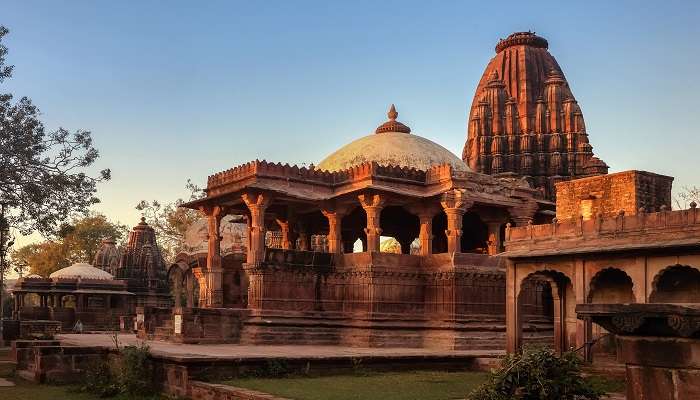
Mandore Garden holds a lot of historical significance and architectural benefits. This garden was part of the old town of Mandore and was the capital of the Marwar locality until Rai Joda founded Jodhpur in 1459 AD. Mandore dates back to the 6th century, making it among the least advanced sites within this area. The Pratihara dynasty initially governed it, and later, it was controlled by the Rathores, who were responsible for defining the legacy of the place. The Rathores, a Rajput clan renowned for their bravery and support for the arts established their political headquarters in Mandore for many centuries. One of the major historical features of Mandore Garden is the chhatris or cenotaphs that are located there and these are dedicated to the rulers of Marwar.
The Rajput era was characterized by cenotaphs that were not just graves but also monumental buildings reflecting the grandeur and creativity of people of that age. One of these cenotaphs is the one for Maharaja Ajit Singh, which is adorned with elaborate engravings made on red stones and crafted with sophistication. Apart from cenotaphs, there are several temples in the same garden. One of these is the Shrine of 33 Crore Gods which is dedicated to various Hindu Gods showing the religious diversity and spiritual heritage of the region. Within the precincts stands The Hall of Heroes, showing statues of those who died fighting for their motherland, local deities, as well as heroes from Rajasthan celebrating their courage and contributions towards culture. Within the garden is The Mandore Museum which harbours various artefacts, sculptures, and historic remains showcasing the wealth of past happenings within the region. It helps keep the heritage of Mandore alive while allowing those who visit it to comprehend more about this place’s culture and history over time.
Major Sites In Mandore Garden
There are indeed many major sites that deserve a visit. Here is a well-curated list of the most captivating sites to visit in Mandore Garden.
1. Cenotaph
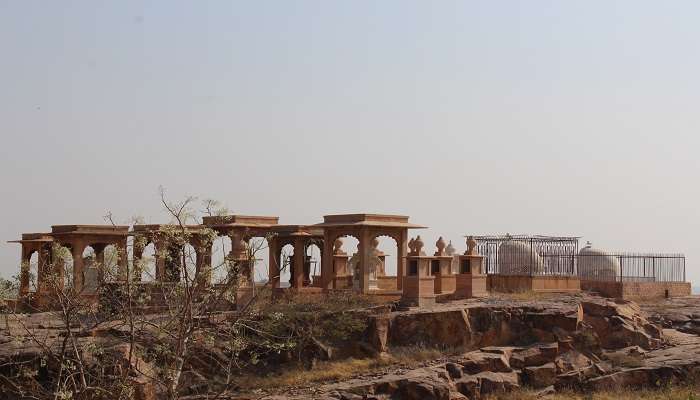
Mandore Garden in Jodhpur has cenotaphs that are grand memorials of Marwar rulers. These chhatris are constructed with red sandstone showing detailed carving and magnificent design hence epitomizing the Rajput architectural skill; among them is a beautiful cenotaph for Maharaja Ajit Singh. Unlike ordinary tombs, these exterior statues give people a chance to look through them and see how the craftsmen carved them with lush greenery around them. Mandore Garden is known for its cenotaphs which are supposed to be lasting honors for the courage and memory of the kings from the area; thus they are eminent historical and architectural features.
2. Hall Of Heroes
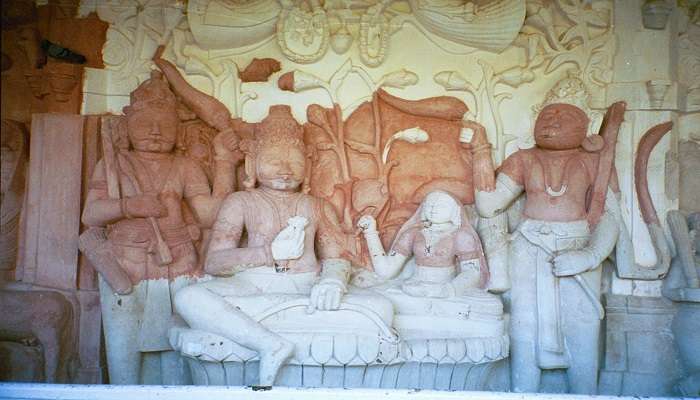
The Hall of Heroes contains life-like statues of Rajput warriors and gods that one could not miss. Each statue is carved in minute detail and then painted in bright colors consequently glorifying the brave acts or cultural value attributed to it. By establishing this pantheon, the local myths such as hero worship come alive before your eyes hence revealing everything about these people’s rich cultures. Indeed, it stands there in memory of that never-dying spirit and narratives.
3. Shrine Of 33 Koti Gods
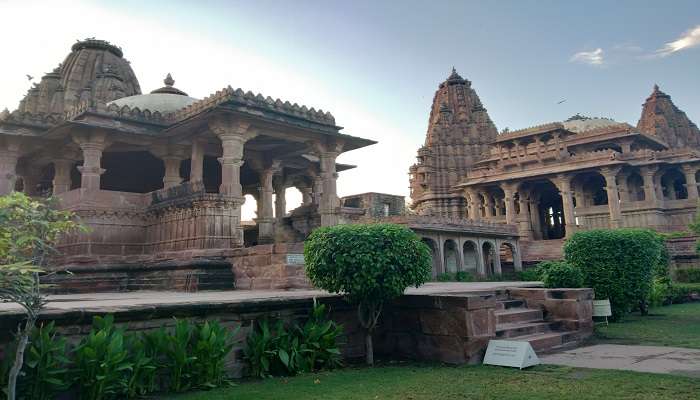
The Temple of 33 Koti Gods is a great religious spot that consecrates so many Deities in Mandore Garden of Jodhpur. This temple is an architectural wonder, signifying a wide range of Hindu Gods through its complex designs and holy sculptures. For worshipers, it’s a place of spiritual energy, and for those fascinated with religious and cultural pluralism, it’s a site one should visit in this area. The deep-seated religious heritage in this region can be felt well from this sanctuary of human beings’ souls.
Suggested Read: Places To Visit In Jodhpur For Couples
Timings, Location, And Entry Fees
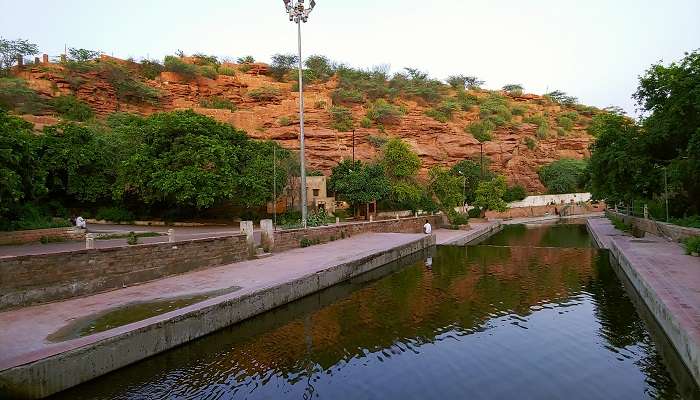
Mandore Garden can be visited daily at any time, starting from 8:00 AM till 8:00 PM.
It is situated in Jodhpur, which is 9 kilometres northwards from the city centre.
Address: Mandore, Jodhpur, Rajasthan 342007, India.
Entry Fees:
1. The main garden is open free of charge for everyone
2. As for Mandore Museum, there is a small charge that varies between 50 INR that is charged on Indian visitors, whereas foreigners pay approximately 100 INR.
Things To Keep In Mind While Visiting Mandore Garden
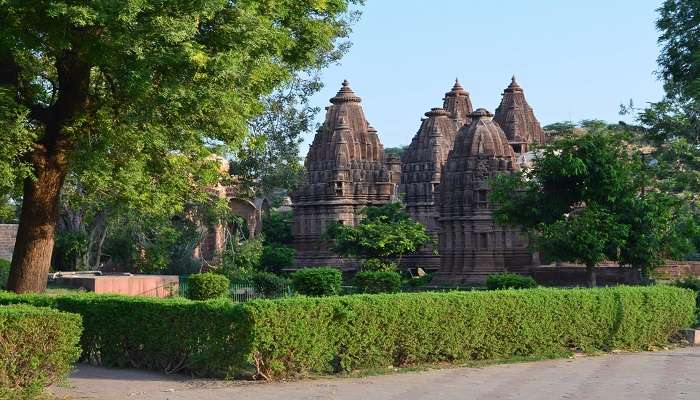
It is important to remember that Mandore Garden in Jodhpur has significant cultural and historical value. Therefore, one must dress conservatively, especially in religious areas such as the Shrine of 33 Crore Gods, to avoid offending their customs.
You can take pictures, but follow any special instructions. Rajasthan is usually hot, so don’t forget sunscreen and a hat for the sun, and remember to drink plenty of water during your stay there. We suggest that you hire a guide from this area who knows about its past and structure. Moreover, when you make your way through this garden wondering how special it is, help those working within their place out by exploring what they have or even buying some items then later enjoy various light meals representing their way of life entirely.
Further Read: Places To Visit In Jodhpur
Now that you have a list of things to remember for your next vacation to see the Mandore Garden, plan your trip to Jodhpur to these fabulous spots for the experience of a lifetime. Don’t miss out on these opportunities, and book your tickets now!
For our editorial codes of conduct and copyright disclaimer, please click here.
Cover Image Source: Shutterstock
Frequently Asked Questions About Mandore Garden
What are some famous tourist attractions near Mandore Garden?
Mehrangarh Fort, Jaswant Thada, Umaid Bhawan Palace, Rao Jodha Desert Rock Park, Chamunda Mata Temple, Kaylana Lake, Clock Tower, and Sardar Market are some of the famous tourist spots in Jodhpur
How much time will be required to cover the Mandore Garden?
On average, you can cover the whole Garden including the Cenotaphs, Mandore Museum, Shrine of 33 Crore Gods, and the lush green garden within 1.5 to 2 hours.
What is the best season to visit Jodhpur?
You can plan out your trip to Jodhpur between October to March. During these months, there are a lot of festivals thus, offering a culturally rich experience.
What languages are commonly spoken in Jodhpur?
The most often-heard languages in Jodhpur are Marwari, Rajasthani, and Hindi. However, you may also find people who speak English.
How many days are sufficient to cover Jodhpur?
You can cover the major tourist sites like Chamunda Mata Temple, Kaylana Lake, etc; within three to four days. This time frame allows you to enjoy its surroundings and have a memorable experience.
People Also Read:
Temples In Jodhpur Best Resorts In Jodhpur Best Hotels In Jodhpur

Passionate Marketing Student with a flair for storytelling, eagerly embarking on a journey within the vibrant world of travel. Excited to merge analytical acumen with creative skills to elevate the editorial landscape of the travel industry.



